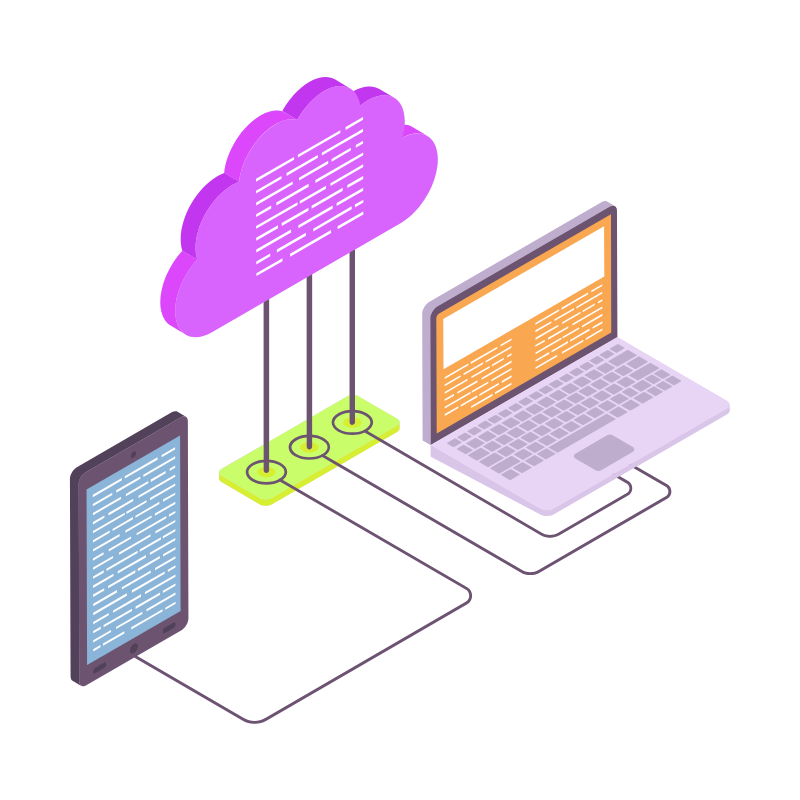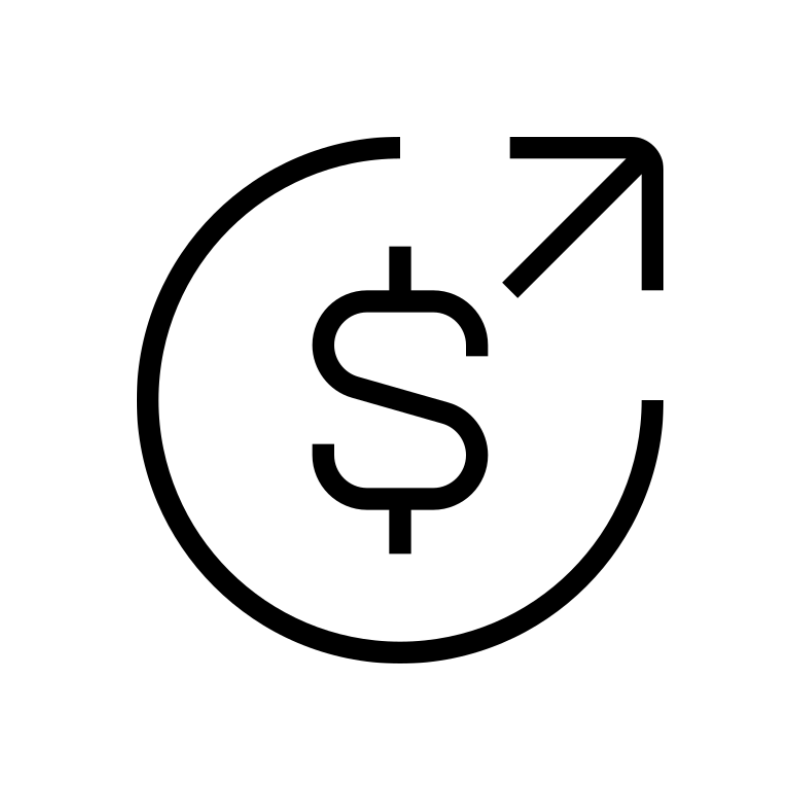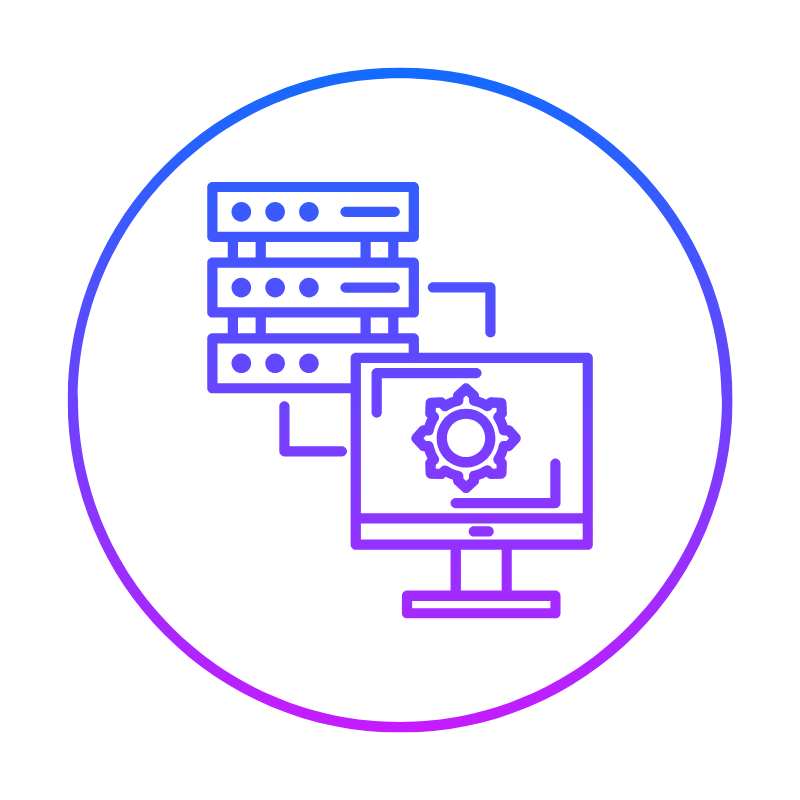Email phishing attacks target millions of Filipinos daily, stealing personal data and money. You’re not immune to these sophisticated scams that masquerade as legitimate emails from banks, government agencies, and trusted companies.
Secure your online presence with TrueHost’s professional hosting solutions – where your data protection starts with reliable infrastructure.
The Philippines ranks among the top targets for cybercriminals in Southeast Asia. Recent data shows that 67% of Filipino internet users encountered phishing attempts in 2024. That’s roughly two out of every three people you know.
Here’s what makes this alarming: these aren’t just random attempts anymore. Scammers now personalize their attacks using information from data breaches and social media profiles.
You’ll learn how to spot these deceptive emails before they cause damage. We’ll cover practical steps that actually work in the Philippine context. No technical jargon – just straightforward advice you can use today.
Understanding Email Phishing
What is Email Phishing?
Email phishing tricks you into revealing sensitive information through fake emails. Cybercriminals impersonate trusted organizations to steal your passwords, bank details, or personal data.
Think of it like a con artist wearing a police uniform. They look official, but they’re there to rob you.
The technique works because these emails often look identical to legitimate ones. Scammers copy logos, formatting, and even writing styles from real companies.
Common Email Phishing Types Targeting Filipinos
Filipino cybercriminals know which buttons to push. They exploit our trust in banks and government institutions.
- Bank Impersonation Scams flood inboxes daily. Fake emails from BDO, BPI, Metrobank, and other major banks claim your account needs “urgent verification.” They’ll ask you to click a link and enter your online banking credentials.
- Government Agency Phishing targets SSS, PhilHealth, and BIR users. These emails often mention benefit updates, tax refunds, or penalty warnings. The urgency makes people act without thinking.
- E-commerce Platform Scams explode during sale seasons. Fake Shopee and Lazada emails promise exclusive deals or claim payment issues. They redirect you to lookalike websites that steal your login information.
- Cryptocurrency Investment Scams prey on FOMO culture. These emails promise guaranteed returns or exclusive access to new digital currencies.
| Scam Type | Common Subject Lines | Red Flag Phrases |
|---|---|---|
| Bank Phishing | “Account Suspended,” “Verify Now” | “Immediate action required” |
| Government | “Benefit Update,” “Tax Refund” | “Claim within 24 hours” |
| E-commerce | “Exclusive Deal,” “Payment Failed” | “Limited time offer” |
| Crypto | “New Investment Opportunity” | “Guaranteed returns” |
Red Flags
Suspicious Sender Indicators
The sender’s email address tells you everything you need to know. Legitimate companies use their official domains consistently.
Look for these warning signs:
-
Misspelled company names (bdophilippines.com instead of bdo.com.ph)
-
Generic email providers (gmail.com, yahoo.com) for business communications
-
Random numbers or letters in the address
-
Missing .ph extensions for Philippine companies
Pro tip: Hover over the sender’s name without clicking. The real email address appears in a popup.
Content Warning Signs
Phishing emails create artificial urgency to bypass your critical thinking. They want you to act first, think later.
Watch for these psychological triggers:
-
Threats of account closure or penalties
-
Claims about suspicious activity on your account
-
Promises of exclusive rewards or refunds
-
Demands for immediate action
Grammar mistakes used to be dead giveaways. Not anymore. Modern scammers use AI tools to create convincing copy. However, awkward phrasing and cultural mismatches still slip through.
Visual Clues That Signal Danger
Your eyes can catch what your brain might miss. Legitimate companies maintain consistent branding across all communications.
Examine these visual elements:
- Blurry or pixelated logos
- Inconsistent fonts and colors
- Misaligned text and images
- Generic greetings instead of your actual name
Real companies address you by name because they have your information in their systems.
Email Phishing Protection Best Practices for Filipinos
Before You Click
Stop. Breathe. Verify. This three-step process saves you from 99% of phishing attempts.
Hover First – Place your cursor over any link without clicking. The destination URL appears at the bottom of your screen. Does it match the company’s official website?
Check Independently – Open a new browser tab and visit the company’s official website directly. If there’s really an issue with your account, you’ll see it there.
Contact Direct – Call the company’s official customer service number. They can confirm whether they sent the email.
Never use phone numbers or websites from suspicious emails. Always use official contact information.
Strengthening Your Email Account Security
Your email account is the master key to your digital life. Criminals who access it can reset passwords for your other accounts.
Enable Two-Factor Authentication (2FA) on your email account immediately. This adds a second security layer beyond your password. Even if scammers get your password, they can’t access your account without the second factor.
Popular 2FA options in the Philippines:
-
SMS codes to your mobile number
-
Authentication apps like Google Authenticator
-
Hardware security keys for maximum protection
Create Strong, Unique Passwords for every account. Use a combination of uppercase letters, lowercase letters, numbers, and symbols. Password managers like Bitwarden or LastPass generate and store complex passwords automatically.
Regular Security Checkups prevent small issues from becoming major breaches. Review your account activity monthly. Look for:
- Login attempts from unknown locations
- Emails you didn’t send in your Sent folder
- Forwarding rules you didn’t create
- Connected apps you don’t recognize
Safe Email Habits for Daily Use
Building good email habits protects you better than any security software. These practices become automatic with repetition.
Think Before You Click sounds simple, but it’s incredibly effective. Ask yourself: “Was I expecting this email?” If not, be extra cautious.
Keep Software Updated on all your devices. Email apps, browsers, and operating systems receive security patches regularly. Enable automatic updates when possible.
Use Reputable Antivirus Software that includes email protection. Local options like Trend Micro (which has a strong presence in the Philippines) offer good coverage. Many internet service providers also include basic protection.
Practice Regular Backups of important emails and attachments. Store them securely in cloud storage or external drives. This protects you if your account gets compromised.
What to Do If You’ve Encountered Email Phishing
Immediate Response Steps
Don’t panic if you’ve clicked a suspicious link or entered information. Quick action minimizes potential damage.
Secure Your Accounts Immediately:
- Change passwords for the affected account
- Enable 2FA if not already active
- Check for unauthorized transactions or changes
- Log out of all devices and sessions
Document Everything while it’s fresh in your memory. Take screenshots of the phishing email, note the time you clicked, and record any information you might have entered.
Monitor Your Accounts closely for the next few weeks. Set up account alerts for login attempts, password changes, and transactions.
Reporting Email Phishing Scams in the Philippines
Reporting phishing attempts helps protect other Filipinos and aids law enforcement investigations.
Primary Reporting Channels:
Cybercrime Investigation and Coordinating Center (CICC) handles major cybercrime cases. Report through their official website or hotline.
Bangko Sentral ng Pilipinas (BSP) manages banking-related scams. They have dedicated channels for reporting fraudulent financial communications.
National Telecommunications Commission (NTC) oversees telecommunications fraud, including SMS and email scams.
Your Bank’s Fraud Department should be your first call if the phishing involved banking credentials. Most Philippine banks have 24/7 fraud hotlines.
Forward the original phishing email to these organizations. Include all headers and don’t edit the content.
Recovery and Damage Control
Recovery depends on what information the scammers obtained and how quickly you respond.
Financial Account Monitoring becomes critical if you entered banking information. Contact your bank immediately to freeze accounts if necessary. Request new cards and account numbers.
Most Philippine banks offer fraud protection, but you must report incidents quickly. Some banks limit liability if you report within 24-48 hours.
Credit Monitoring Services help track unauthorized account openings. While not as developed in the Philippines as in other countries, some services are available through major banks.
Password Updates should extend beyond the compromised account. If scammers have your email password, assume they can access password reset emails for other accounts.
Secure your web hosting and online business with TrueHost.ph’s advanced security features, protecting your digital assets is our priority.
Advanced Email Phishing Protection Strategies
Technology Solutions for Enhanced Security
Modern email providers offer sophisticated protection, but you can add extra layers.
Email Filtering Tools catch many phishing attempts before they reach your inbox. Gmail and Outlook have built-in filters, but third-party solutions offer more control.
Browser Security Extensions like uBlock Origin and Malwarebytes Browser Guard block malicious websites. They work even if you accidentally click phishing links.
Mobile Security Apps protect smartphones and tablets. Many Filipinos access email primarily on mobile devices, making this protection essential.
Consider these popular options:
- Bitdefender Mobile Security
- Kaspersky Mobile Antivirus
- Avast Mobile Security
Staying Updated on Latest Threats
Cybercriminals constantly evolve their tactics. Staying informed helps you recognize new threats.
Follow Philippine Cybersecurity Updates from official government sources. The Department of Information and Communications Technology (DICT) regularly publishes security advisories.
Join Community Awareness Groups on Facebook and other social platforms. Local cybersecurity communities share real-time warnings about new scams targeting Filipinos.
Subscribe to Security Newsletters from reputable sources like KrebsOnSecurity and Bleeping Computer. These provide global threat intelligence.
Protecting Your Business from Email Phishing
Small businesses face the same phishing threats as individuals but with higher stakes. One successful attack can compromise customer data or financial records.
Employee Training Programs should happen regularly, not just during onboarding. Quarterly training sessions keep security awareness fresh.
Business Email Compromise Prevention requires technical and procedural controls. Implement email authentication protocols and verify financial requests through separate communication channels.
SME-Specific Security Measures don’t require enterprise-level budgets. Many effective protections are free or low-cost.
Strengthen your business email security with TrueHost’s enterprise-grade hosting solutions, because your business communications deserve premium.
 Web HostingCost-effective shared hosting solutions
Web HostingCost-effective shared hosting solutions Reseller HostingStart your own hosting business without tech hustle
Reseller HostingStart your own hosting business without tech hustle Affiliate ProgramEarn commission by referring customers to our platforms
Affiliate ProgramEarn commission by referring customers to our platforms cPanel HostingHosting powered by cPanel (Mostly user friendly)
cPanel HostingHosting powered by cPanel (Mostly user friendly) Windows HostingOptimized for windows based-applications and sites
Windows HostingOptimized for windows based-applications and sites Domain SearchFind and register available domain names in seconds
Domain SearchFind and register available domain names in seconds All DomainsExplore and register domain extensions across the world
All DomainsExplore and register domain extensions across the world Domain Transfermove your domain to us with zero downtime and full control
Domain Transfermove your domain to us with zero downtime and full control Whois LookupLook up domain ownership, expiry dates and registrar information
Whois LookupLook up domain ownership, expiry dates and registrar information .com DomainSecure the most recognized domain for global credibility
.com DomainSecure the most recognized domain for global credibility VPS HostingScalable virtual servers. Full root access. Faster speed.
VPS HostingScalable virtual servers. Full root access. Faster speed. Managed VPSNot a tech expert? Choose our fully managed VPS server.
Managed VPSNot a tech expert? Choose our fully managed VPS server. Dedicated ServersGet the full power and complete control of your own physical server.
Dedicated ServersGet the full power and complete control of your own physical server.
